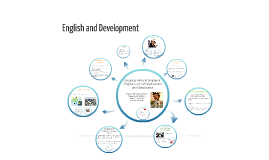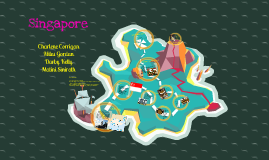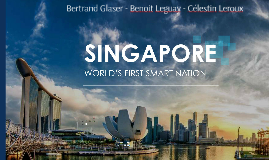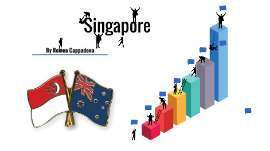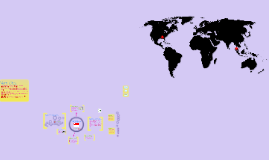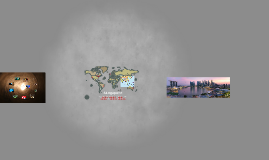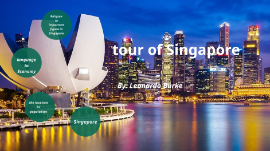Singapore Presentation
Transcript: Chili Crab Singapore Lion City A country of many cultures Each has been incorporated into many aspects of the country. The food all has different flavors Use of similar ingredients since come from the same area. Cultures represented through art, cuisine, and lifestyles. Ingredients Chilies, dried Shrimp Paste Oil Garlic Shrimp, large Chicken, Shredded Yellow Noodles Mustard Greens Beansprouts Bean Curd Cakes Scallions Soy Sauce Shallots Salt Chinese Celery Red Chili Lime Green Chili Cilantro Singapore Facts Indian Mee Goreng Charlene Corrigan Miles Gordan Darby Kelly Matini Sinirath Singapore Sling Satay Roti prada (griddle fried) Stir Fry Barbeque Roasting Steaming Ingredients: Oil Red Onion Kurma Powder Chicken Curry Powder Chili Powder Turmeric Powder Chicken Potatoes Sugar Black Pepper Salt Flour Butter In 1965 Singapore became an independent republic. Their government system is similar to the United States in that there are Legislative, Executive and Judicial branches. Considered a parliamentary representative democratic republic Multi party system, major political party is People's Action Party Constitution is their supreme law Currency is the Singapore dollar. Conversion of $1 US dollar is $1.22 Singapore dollars Common Ingredients To Conclude Located in southeast Asia between Malaysia and Indonesia. Island is 597 square kilometers, one of the smallest countries in the world Population of over 5.2 million people Multiple cultures including Chinese, Malay, Indian, Eurasians, Peranakans. Official Languages: Chinese/Mandarin, English, Malay, Tamil. Main Industries in Singapore include electronics, chemicals, oil drilling, financial services, petroleum refining, and entrepot trade. Gross Domestic Profit is $291.9 billion. Country consists of 11 different religions Malay, Peranakan, Deepavali, Chinese, Indian, Buddhism, Taoism, Islam, Christianity, Hinduism, Sikhs, Jewish. Constitution in Singapore deems freedom of religion Curry Puffs Ingredients: Gin cointreau Cherry Heering Benedictine Pineapple Juice Lime Juice Angostura Bitters Orange Cherry, Maraschino Ingredients: Oil Crab Garlic Ginger Red Chilies Chili Sauce Tomato Sauce Sugar Soy Sauce Sesame Oil Chicken Stock Cornstarch Egg Scallion Salt Pepper Common Cooking Methods Economy and Religion Anchovy, Garlic, Chili Paste, Prawn, Duck, Yellow Egg Noodle, Pork, Ginger, Fermented Shrimp Paste, Turnip, Rice Cakes, Agar (Seaweed), Banana Leaves, Curry, Peanuts, Chicken, Beef, Green Peppers, Cucumbers, Corn, Fish, Oyster Sauce, Lettuce, Shallots, Bean Sprout, Crab, Rice Vermicelli






